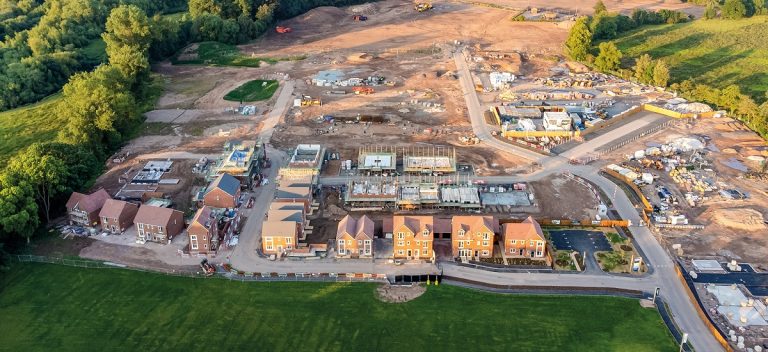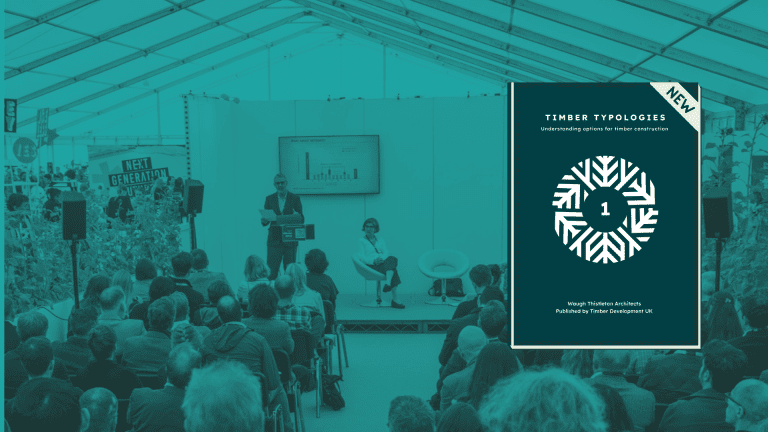In our modern, fast-paced lives, it’s easy to overlook the quality of the air we breathe. However, with the majority of our time spent indoors—around 90% according to recent studies—it is essential to recognise the impact of indoor air quality (IAQ) on our health and well-being. With Clean Air Day 2023 fast approaching on 15 June, the team at AICO Homelink wants to shed light on the significance of Indoor Air Quality and explore innovative solutions and initiatives that can help us improve the air we breathe indoors. HomeLINK is well placed to comment as it provides connected home solutions for more than 1,000 housing providers with over 220,000 connected devices providing safer, healthier homes for approximately 80,000 social residents. Internet of Things (IoT) for real-time data on air quality Unlike outdoor environments, the air within our indoor spaces does not undergo the same natural renewal and replenishment processes. Substances released indoors accumulate at a much higher rate, intensifying the effects of our activities which release air pollutants. These include emissions from household cleaning products, volatile organic compounds (VOCs) released by furniture and building materials, the by-products of cooking and heating systems, or increased levels of carbon dioxide (CO2) from human and animal respiration, these factors contribute to poor IAQ. In the quest for cleaner indoor air, technology has emerged as a valuable ally. Indoor air quality IoT sensors are becoming increasingly popular, providing real-time data on air quality parameters. These sensors can measure various pollutants such as CO2, VOCs, PM, and temperature, allowing users to monitor and control their indoor environment proactively. By leveraging these sensors, individuals can gain insights into the quality of their indoor air and take appropriate measures to improve it, whether through adjusting ventilation, using air purifiers, or adopting healthier habits. Monitoring ventilation to remove stale air Monitoring ventilation levels is another critical aspect of maintaining good IAQ. Insufficient ventilation leads to a buildup of pollutants and decreases the exchange of stale indoor air with fresh outdoor air. For example, the impact of gas cooking on indoor air quality has also come under scrutiny. A recent study highlighted the potential dangers of gas cooking, revealing that it releases harmful pollutants such as nitrogen dioxide (NO2) and particulate matter (PM). These pollutants can worsen respiratory conditions, trigger allergies, and even increase the risk of cardiovascular diseases. It is essential to raise awareness about the potential risks associated with gas cooking and explore alternative cooking methods or implement measures to mitigate pollution, such as using extractor fans and improving kitchen ventilation. IoT sensors can track ventilation rates, enabling individuals to optimise airflow and ensure a healthier living environment. By understanding how ventilation affects IAQ, we can make informed decisions about improving airflow, such as opening windows, installing mechanical ventilation systems, or utilizing air purifiers with proper filtration capabilities. Understand the right to clean air Legislation and regulations also play a vital role in safeguarding indoor air quality. In the UK, Ella’s Law, inspired by the tragic death of Ella Kissi-Debrah due to air pollution, aims to reduce pollution and establishes breathing clean air as a basic human right. This landmark legislation underscores the growing recognition of the importance of clean air and highlights the need for further action to protect public health. One indoor environment that often goes unnoticed, but has a substantial effect on our day-to-day health are our bedrooms. We spend at least a third of our lives sleeping, emphasizing the need for healthy conditions in this space. Lack of proper ventilation can lead to elevated CO2 levels, which not only affect sleep quality but can also have adverse health effects. Using devices which detect the internal conditions, we can ensure adequate airflow and ventilation in our bedrooms, creating a healthier and more restful environment. Prevent additional issues like damp and mould Poor ventilation can lead to excessive moisture building up in indoor environments which, if left unchecked, can lead to the growth of mould, posing health risks to occupants and potential damage to the property. The presence of damp and mould, in turn, have detrimental effects on IAQ, leading to increased levels of VOCs. By regularly assessing humidity levels, temperature, and ventilation, areas prone to excessive moisture can be identified and proactive measures can be taken to address them. IAQ sensors provide real-time data on humidity and other relevant parameters, alerting occupants to potential issues before they escalate. By maintaining optimal indoor air quality, including appropriate humidity levels, adequate ventilation the formation of damp and mould can be effectively prevented, ensuring a healthier and more comfortable living environment. Encouraging more government intervention Moving forward, we can expect increased awareness and prioritisation of IAQ. Organisations like DEFRA (Department for Environment, Food and Rural Affairs) and NICE (National Institute for Health and Care Excellence) are actively researching and developing guidelines to address IAQ concerns and promote healthier indoor environments. The integration of IAQ considerations in building codes, standards, and health guidelines will likely become more prevalent, emphasising the importance of clean air for everyone. Evidence is mounting of the detrimental effects that hazards related to poor IAQ can have on human health and the safety of occupants. As these impacts continue to emerge, the need for monitoring the indoor environment becomes increasingly important to understand their extent and consequences. Like other safety devices such as fire and carbon monoxide detectors, IAQ sensors could become hugely important in keeping our homes healthy and safe places to live. On this Clean Air Day, let us celebrate the progress made in understanding and addressing indoor air quality issues. By recognising the impact of IAQ on our health, embracing innovative technologies like IoT sensors, and advocating for stronger regulations, we can create healthier indoor environments and ensure that the air we breathe contributes to our well-being and longevity. For more information on IoT sensors to monitor air quality, visit AICO Homelink














